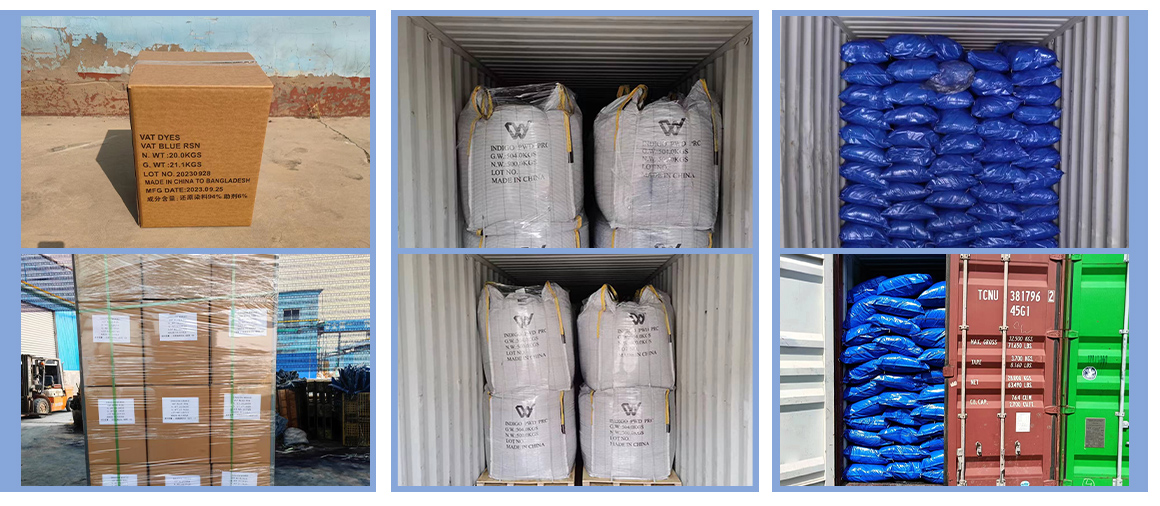Premium Synthetic Indigo Dye Products | Elevate Your Textiles
The Rise of Synthetic Indigo Dye Products
Indigo dye, known for its rich blue color, has a storied history that dates back thousands of years. Traditionally sourced from natural plants, specifically the Indigofera species, the dye has been integral to various cultures, primarily for coloring textiles. However, with the advancement of chemistry and industrial manufacturing processes, synthetic indigo dye has emerged as a modern-day alternative, significantly altering the landscape of the dyeing industry.
Synthetic indigo was first developed in the late 19th century, with German chemist Adolf von Baeyer being awarded the Nobel Prize in Chemistry in 1905 for his work in this area. The production of synthetic indigo involves a complex chemical synthesis mainly using aniline and other industrial chemicals, which enables manufacturers to create a more consistent and cost-effective product compared to its natural counterpart. This form of indigo not only meets the rising demand of the global textile industry but also addresses the environmental concerns associated with natural indigo farming.
One of the notable advantages of synthetic indigo dye products is their scalability. Unlike natural indigo, which is labor-intensive and dependent on agricultural conditions, synthetic indigo can be produced in vast quantities in controlled environments. This scalability ensures that textile manufacturers can reliably source dye with uniform quality, facilitating efficient production processes. Additionally, synthetic indigo offers a wider range of colors and shades, allowing designers to explore new possibilities in fashion and fabric design.
synthetic indigo dye products

Moreover, the impact of synthetic indigo extends beyond the fashion industry. The dye has made its way into various sectors, including art and craft supplies, where it is used in everything from painting to textile arts. The availability of synthetic indigo has opened up creative avenues for artists and DIY enthusiasts, fostering innovation in the use of color.
However, it is important to recognize the environmental implications of synthetic dye production. The chemical processes involved can lead to water pollution if not managed properly. Consequently, many manufacturers are now focusing on adopting sustainable practices to minimize their ecological footprint. This includes investing in waste-water treatment systems and exploring more eco-friendly alternatives within chemical production.
In conclusion, synthetic indigo dye products represent a significant evolution in dye technology, combining innovation with practicality. While they bring numerous advantages in terms of efficiency and versatility, the industry must prioritize sustainable practices to ensure that the benefits of synthetic dye do not come at the expense of the environment. As awareness of these issues grows, the future of synthetic indigo will likely see a continued push towards greener methods, blending tradition with modernity.
-
The Timeless Art of Denim Indigo Dye
NewsJul.01,2025
-
The Rise of Sulfur Dyed Denim
NewsJul.01,2025
-
The Rich Revival of the Best Indigo Dye
NewsJul.01,2025
-
The Enduring Strength of Sulphur Black
NewsJul.01,2025
-
The Ancient Art of Chinese Indigo Dye
NewsJul.01,2025
-
Industry Power of Indigo
NewsJul.01,2025
-
Black Sulfur is Leading the Next Wave
NewsJul.01,2025

Sulphur Black
1.Name: sulphur black; Sulfur Black; Sulphur Black 1;
2.Structure formula:
3.Molecule formula: C6H4N2O5
4.CAS No.: 1326-82-5
5.HS code: 32041911
6.Product specification:Appearance:black phosphorus flakes; black liquid

Bromo Indigo; Vat Bromo-Indigo; C.I.Vat Blue 5
1.Name: Bromo indigo; Vat bromo-indigo; C.I.Vat blue 5;
2.Structure formula:
3.Molecule formula: C16H6Br4N2O2
4.CAS No.: 2475-31-2
5.HS code: 3204151000 6.Major usage and instruction: Be mainly used to dye cotton fabrics.

Indigo Blue Vat Blue
1.Name: indigo blue,vat blue 1,
2.Structure formula:
3.Molecule formula: C16H10N2O2
4.. CAS No.: 482-89-3
5.Molecule weight: 262.62
6.HS code: 3204151000
7.Major usage and instruction: Be mainly used to dye cotton fabrics.

